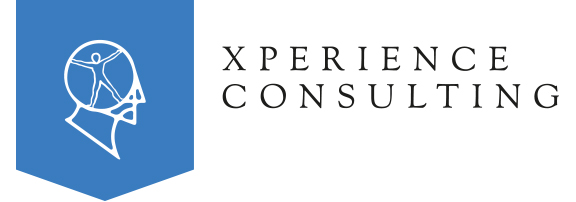Scaling Collaboration: The Power of the LUMA Design System
Enhancing Human-Centered Design: The Power of the LUMA Design System
In the ever-evolving world of design, finding the right tools to enhance collaboration and address complex problems can be daunting. Like many of you, I’ve invested considerable time and resources into exploring various design tools, seeking ways to better integrate these into larger organizational systems to foster more effective collaboration. Today, I want to share my insights on a particularly influential system that has reshaped how I approach design problems: the LUMA Design System.
Why LUMA?
Developed by the LUMA Institute, the LUMA Design System offers a structured yet flexible framework that supports and enhances human-centered design. Unlike some systems that dictate rigid methods, LUMA provides a toolkit of 36 diverse methods that encourage innovation across various functions within an organization—from product design to HR and marketing.
One of the system’s strengths lies in its adaptability; it complements existing frameworks rather than replacing them. For instance, I often combine LUMA with the British Design Council’s Double Diamond methodology, leveraging LUMA’s methods to enhance the phases of discovery and development within the Double Diamond’s structure.
Practical Application of LUMA Methods
In practical terms, LUMA’s methods are categorized into three main areas: Look, Understand, and Make. Each category serves a specific function in the design process, helping teams move from research to ideation to execution seamlessly. For example, the “Rose, Thorn, Bud” method within the Understand category allows team members to explore what works, what doesn’t, and potential areas for innovation on any given topic.
By integrating methods such as Affinity Clustering and Visualizing Vote from LUMA, I’ve facilitated more focused and productive discussions during stakeholder meetings and team workshops. These methods not only spark meaningful dialogue but also ensure that everyone’s perspectives are accounted for in the decision-making process.
LUMA’s Tools and Resources
LUMA also offers tangible tools, including a deck of cards and a comprehensive book, each outlining the 36 methods with guidelines on their application. For those who prefer a digital approach, the LUMA Workplace platform provides an interactive way to explore these methods online, allowing users to create custom “recipes” or frameworks tailored to specific projects or needs.
Conclusion
The beauty of the LUMA Design System lies in its simplicity and its power to transform ordinary meetings and projects into dynamic, productive, and innovative sessions. Whether you’re part of a small team or a large corporation, LUMA’s tools can be adapted to fit your specific context, making it easier to tackle the intricate challenges of design-centric work.
For those interested in exploring LUMA further, I recommend visiting the LUMA Institute’s website or checking out their resources on Amazon. And as always, I’m eager to hear about your experiences with design systems. Do you have a favorite, or are there methods within LUMA that you find particularly effective? Share your thoughts in the comments below, and let’s continue to collaborate and learn from each other in our design journeys.
Catch you in the comments!
…but does it scale, Werner?
In this video, we’ll explore how the LUMA System can transform how you collaborate.
I hope to give you a taste of how the versatile LUMA Design System can be used independently or with other design tools to comprehensively solve enterprise design challenges. Get a taste of how the LUMA Methods, Recipes and ‘LUMA Workplace’ can pave the way towards more effective collaboration activities.
By using the LUMA Design System, enterprises can establish a common language and approach to problem-solving, fostering a culture of creativity and collaboration at scale.
Recent Posts
Categories
Archives
Tags
